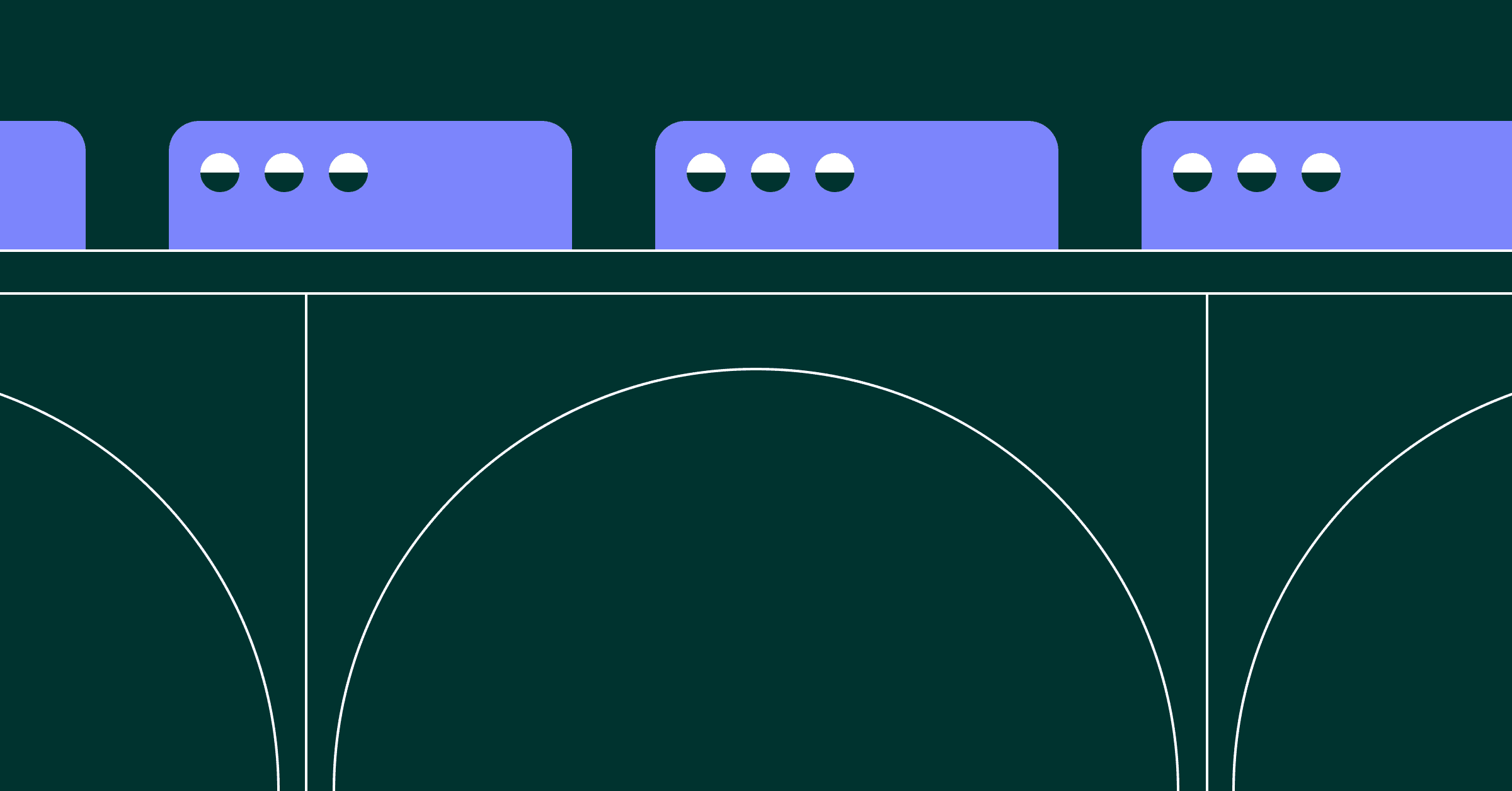As we rush to integrate generative AI into our products, we're discovering a fundamental problem: our APIs aren't built for it. They are collections of disconnected endpoints that force AI agents to guess, infer, and often fail when trying to perform complex tasks. We need a way to teach AI to understand the meaning behind our data.
According to Matt DeBergalis, co-founder and CEO of Apollo, GraphQL provides the perfect solution. It acts as a semantic bridge, transforming scattered data points into a cohesive network of objects that AI can intelligently navigate. This shift requires a new way of thinking about how systems are built - a paradigm he calls "agent experience."
This article explores DeBergalis's insights on why GraphQL is the natural foundation for AI, how agent-driven orchestration is reshaping platform architecture, and what engineering leaders must do to prepare for an AI-native future.
Agent experience: a fundamental transformation
The rise of AI isn't just an incremental change; it's a "new superpower" that forces a complete rethinking of our development priorities. Things that were once secondary concerns now come to the fore, while other elements that felt critical in human-driven development become less significant.
This new paradigm is agent experience. While developer experience focuses on the human engineer building a system, agent experience considers how an AI can effectively interact with and orchestrate that same system. It's a new layer of design that technology leaders must now consider.
GraphQL: the semantic foundation for AI
GraphQL has emerged as a uniquely powerful tool in the AI era because it provides the structure that probabilistic models need to reason effectively. It encourages you to view your data not as a set of separate endpoints, but as a "network of objects."
When an AI can understand the relationship between a product object, a review object, and a shopping cart object in an e-commerce system, it can reason more effectively and compose more intelligent actions. The strongly typed, self-documenting nature of a GraphQL schema provides a structured framework that complements the creative capabilities of large language models.
"It turns out to help the model navigate," DeBergalis says. He emphasizes that the graph is fundamentally a set of objects that "mean something," even if their properties are provided by different APIs scattered across a system. Giving the model a precise construction of this meaning "has profound impact on what it can do." This symbiotic relationship creates what DeBergalis calls a "'left brain, right brain thing"- a complementary partnership where structured data and probabilistic reasoning strengthen each other.
AI-driven API orchestration: reshaping platform architecture
As AI agents begin consuming APIs at scale, they expose the limitations of a purely isolationist microservice architecture. While clear service boundaries helped human teams scale, AI requires a more holistic platform view.
You can't just rely on the AI to do all the complex work humans did, like composing dozens of API calls with perfect error handling and retry logic every time. "That's a bit much," DeBergalis notes. This reality pushes engineering leaders to think more like platform providers. Consistency and predictability become paramount, because you can't have a system where one user gets back five transactions and the next gets eight. These are "decisions that we used to make in the code" that now must be baked into the platform itself.
This semantic foundation is what allows for true personalization at scale. A modern banking app, for instance, can learn from your preferences and adapt to you, but only because "underneath it, there's a structure and a consistency" that ensures reliability.
Preparing for the AI-native future
The convergence of GraphQL's structure with AI's reasoning power isn't just a trend; it's a transformative moment that forces tech leaders to "zoom out and view the whole picture." To thrive, organizations must evolve from being API providers to becoming true platform builders for an AI-native world.
This shift also changes what we value in engineering talent. As AI handles more implementation details, the most critical skills become strategic. "You have to know what you want... you have to have a certain, just higher level knowledge of the broader landscape, and you have to be able to explain it well," DeBergalis says. The ability to communicate requirements clearly becomes more valuable than intricate coding knowledge.
Ultimately, the most successful organizations will be those that build a semantic foundation that AI can understand and trust. By creating this structured, intelligent layer, engineering teams can unlock a new frontier of powerful, flexible, and personalized agent experiences that were previously impossible to even imagine.
Listen to Matt DeBergalis' Dev Interrupted episode:




